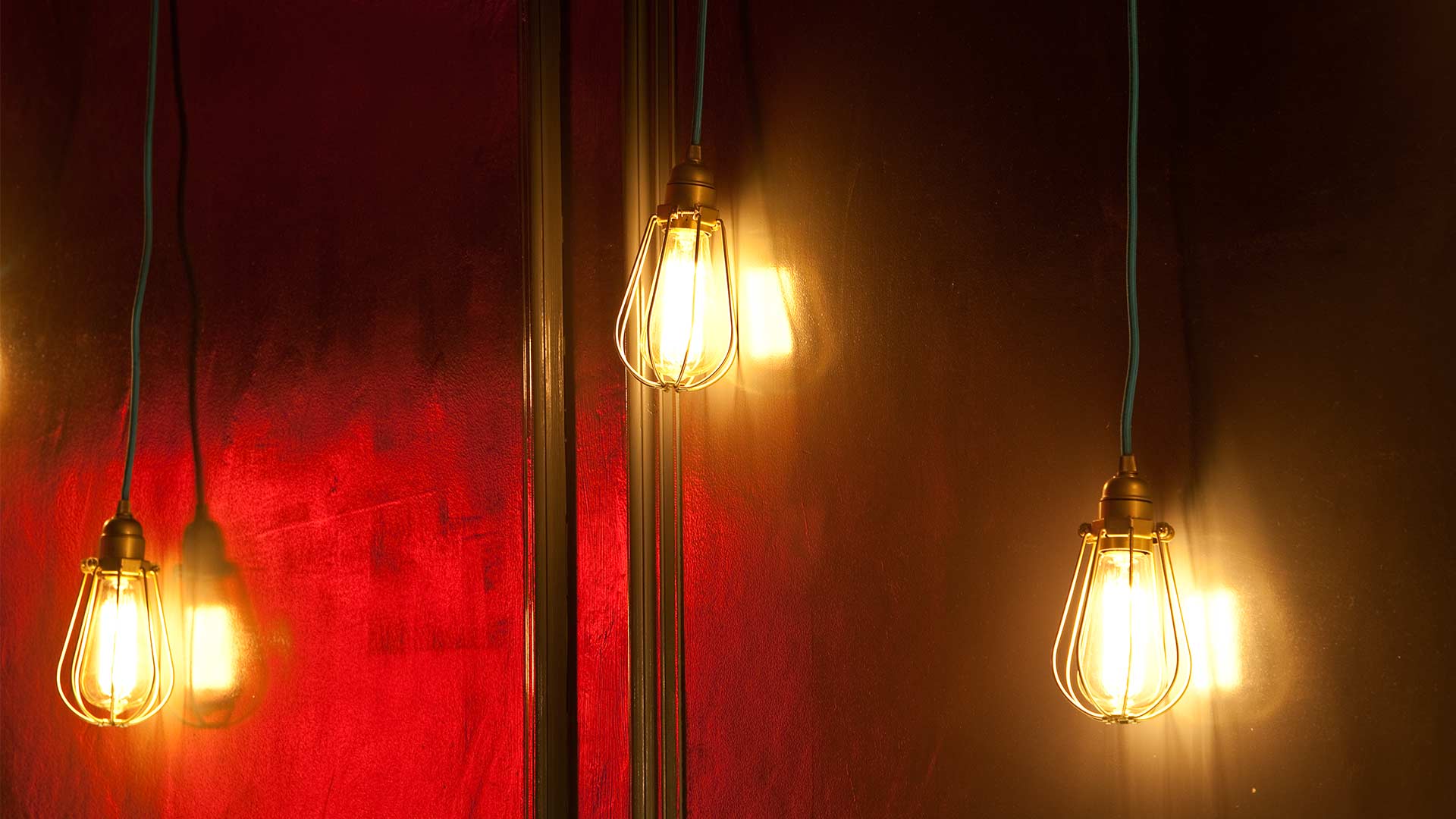L O Arghhhhh
It’s rare as designers that we talk about things going wrong (the reason why is a whole other debate). But let me be cathartic here and admit we did have a problem recently…
We’d specified some very simple downlights in a small (but important) back-of-house area and for the love of God we couldn’t work out why the space was so much darker than it should have been. Lots of light should equal a nice bright space. Yet it wasn’t bright. In fact it was damn right gloomy; and we were left feeling a little embarrassed.
After much, much, much digging and lots of pressure being put on the luminaire manufacturer it transpired that the technical information we were working with was misleading. Really, REALLY misleading.
I should probably pause at this stage and explain a bit of industry terminology: Light Output Ratio (LOR) is a measurement of the efficiency of a luminaire to convert lamp lumens into luminaire lumens. Or in plain English: the amount of light given off by a light bulb that makes it out of the luminaire (light is often lost within the luminaire via absorption or into ceiling voids).
Take a light bulb (or in this instance LED chip) with an output of say 1000 lumens, insert it into a luminaire with an LOR of say 50% and the luminaire would produce 500 luminaire lumens i.e. only half the original output is utilised. A good reputable downlight would normally have an LOR of between 80% and 90%. Note: beware of any manufacturer who quotes an LOR of 100%; it probably means they’re measuring the light output of the LED chip – not the luminaire itself.
So, back to my “egg-on-face” moment. Our luminaire (from a good, reputable manufacturer I may add) was quoted in the catalogue as having an LOR of 85% (pretty good) yet it transpires it was actually just 23%. Yes, that’s not a typo…23%!
I know what you’re probably thinking…surely the manufacturer was fibbing? Well yes, and no. You see there are very few rules, regulation or standardisation when it comes to representing luminaire data (particularly when it comes to LED). Some manufacturers still quote LOR as 100% (the figure direct from the light source). Others (like ours) quote the LED plus reflector but negate to include losses incurred via the bezel (black), cowl (black), louver (black) and also a small gap between the reflector and ceiling edge.
This means a luminaire with a 3000 lumen LED chip can be quoted as having a 3000 lumen output, or to put it another way an LOR of 100%. But let’s consider the light losses: wrap a reflector that isn’t 100% reflective around the LED, plus make that reflector nice and small (nobody likes buckets for downlights) and it will struggle to direct all of the light in the required direction. Throw in a black cowl and louver and suddenly it’s very easy to see why the luminaire is performing badly. Very, very badly in our case.
So how can a luminaire with just 23% LOR be considered energy efficient and how can anyone get away with poor efficacy?
LOR seems to be a statistic that in the rush for LED products has been forgotten. A few years ago when a luminaire was considered to be a separate item from the lamp (bulbs grow, lamps glow just in case you’re wondering about terminology) people had to consider the physical relationship between the lamp position and the reflector that captured and directed the light. This meant LOR of the luminaire was important – very important. Not least because Part-L actually states “luminaire lumens of not less than 60 lumens per watt.”
I suspect that manufacturers get away with burying information (in our case it was buried deep, deep down in the data) because the LED is often considered the whole “luminaire” and for sure the whole “system” is considered a commodity product that is thrown away at the end of its life. Like a toaster or television set.
As an aside, I do worry how environmentally friendly it is to throw away an entire luminaire when a light source fails – even if it is every seven or ten years, in the case of LED. Common sense would suggest that it’s more environmentally friendly to throw away or recycle a few components rather than the whole luminaire…wouldn’t it?!
So what’s the moral of this story? We need an industry standard for measuring and presenting the true performance of LEDs and associated luminaires that enables true comparison and interrogation of data. This data needs to be presented in a simple format: if it’s difficult for us to work with as lighting design professionals then surely other specifiers such as interior designers and architects, and end users, will fall foul of misinformation or technical data.
I think it’s time the independent associations representing designers produced a detailed set of guidelines for representation of luminaire and LED performance rather than relying on manufacturers to police themselves.
In the meantime, the lesson we’ve learnt from this experience is to question, re-question, check and double-check the information presented!
(If you want to learn more about the technical side of LOR, check out this blog post.)
Image © Sanna Fisher-Payne


